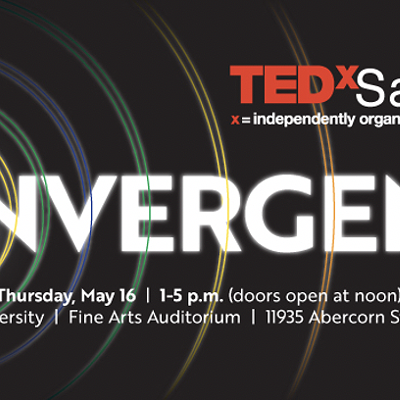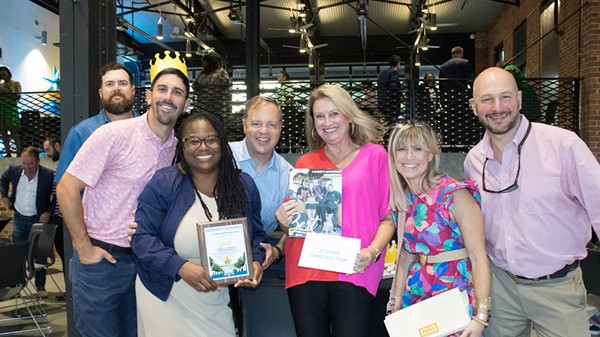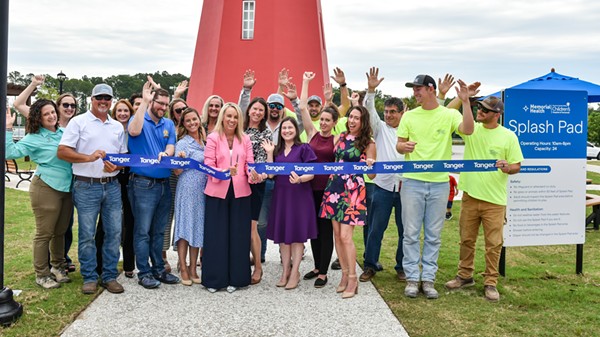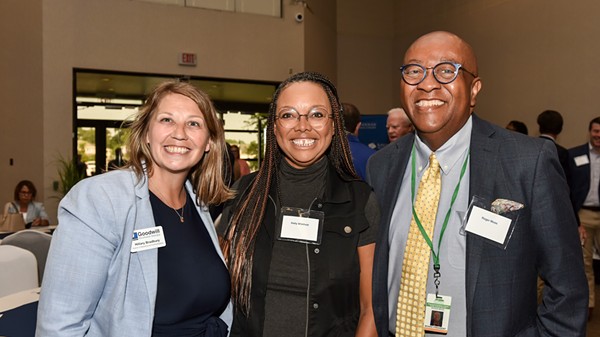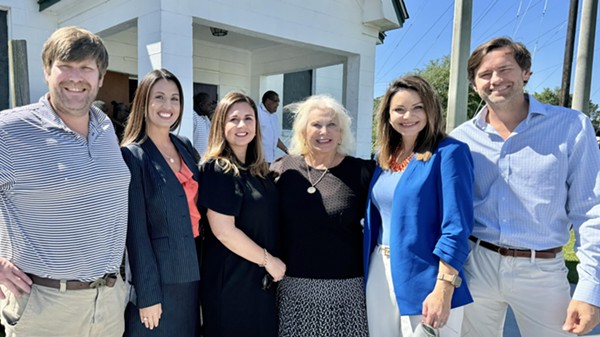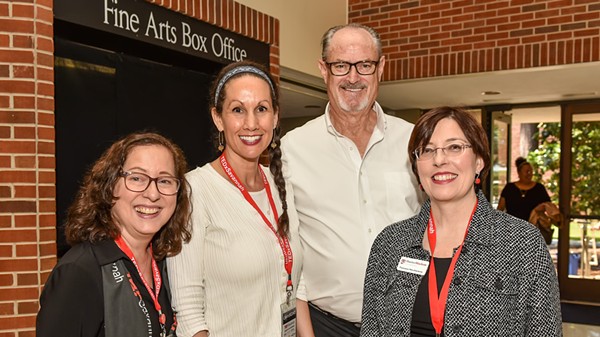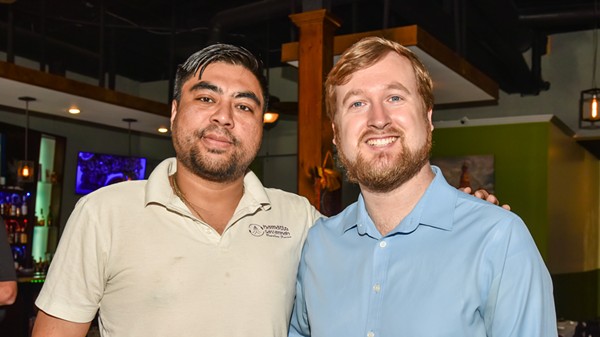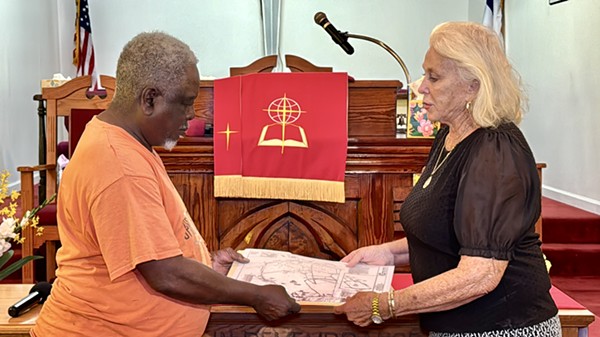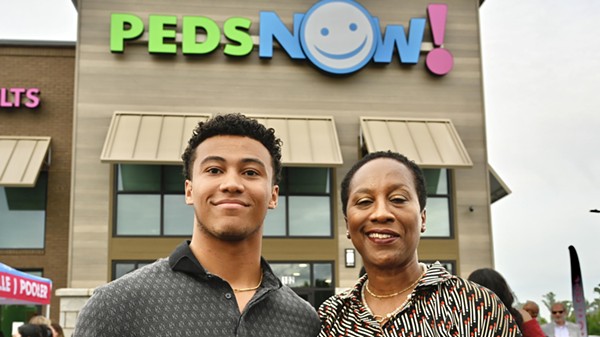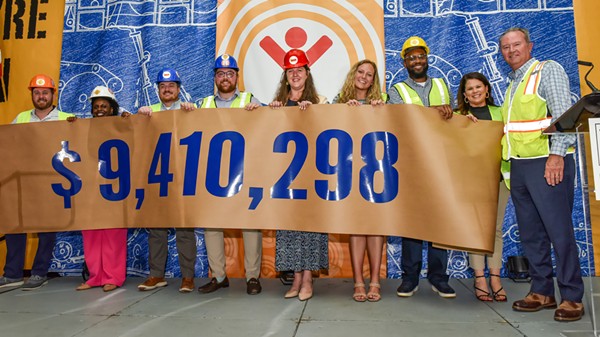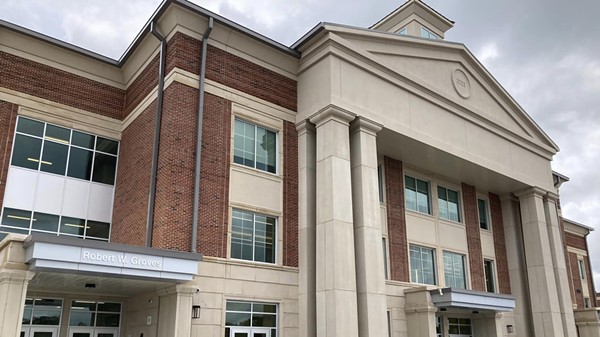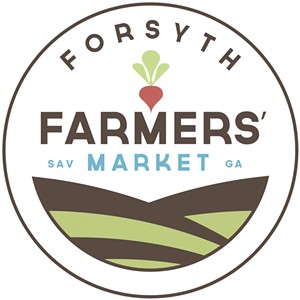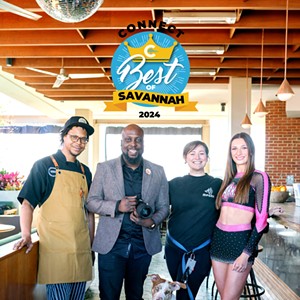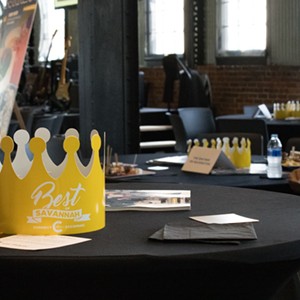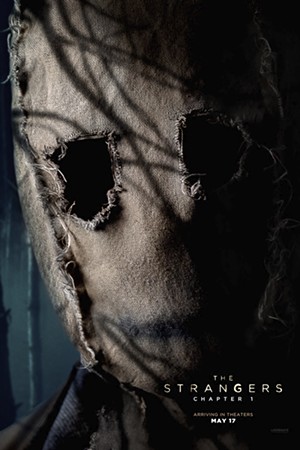Dance is a human necessity
[
{
"name": "Air - MedRect Combo - Inline Content 1",
"component": "14680855",
"insertPoint": "7",
"requiredCountToDisplay": "5",
"parentWrapperClass": "fdn-ads-inline-content-block"
},{
"name": "Air - MedRect Combo - Inline Content 2",
"component": "14680856",
"insertPoint": "15",
"requiredCountToDisplay": "9",
"parentWrapperClass": "fdn-ads-inline-content-block"
},{
"name": "Air - SVP - Leaderboard - Inline Content - 2",
"component": "16852291",
"insertPoint": "10",
"requiredCountToDisplay": "10",
"parentWrapperClass": "fdn-ads-inline-content-block"
},{
"name": "Air - SVP - Leaderboard - Inline Content - 3",
"component": "16852292",
"insertPoint": "20",
"requiredCountToDisplay": "18",
"parentWrapperClass": "fdn-ads-inline-content-block"
},{
"name": "Air - SVP - Leaderboard - Inline Content - 1",
"component": "16852290",
"insertPoint": "25",
"requiredCountToDisplay": "22",
"parentWrapperClass": "fdn-ads-inline-content-block"
}
]
By turns joyful and mournful, extroverted and introspective, melodic and percussive, the art form that is Flamenco reflects Spain’s vast cultural melting pot, blending elements of Gypsy, Arab and Andalusian cultures into a simmering stew of dance, guitar and impassioned vocals.
One of Flamenco’s most distinctive practioners is the Spanish troupe Noche Flamenca, performing at the Savannah Music Festival March 23 at the Lucas Theatre. Formed in 1993 by artistic director and choreographer Martin Santangelo and his wife, principal dancer Soledad Barrio, Noche Flamenca focuses on keeping alive the purity of the art form when much of Flamenco -- like many other folk art forms -- has become diluted by commercialism.
Martin Santangelo spoke to us from his home in Madrid right after the completion of a week-long stand at the Coronet Theatre in Athens, Greece, and right before the beginning of an American tour which includes Savannah.
There are similarities between Greek dancing and Flamenco, such as solo dancers and no stigma attached to men dancing. So I was curious how the Greeks responded last week.
Martin Santangelo: They went absolutely nuts. I think they were expecting something else, something much more folkloric, with lots of colors and dresses. But you know, we’re rough. We’re not an entertainment show per se. We’re very entertaining, but we’re always trying for another aspect. We try and find the profundity in everything.
After the first two nights we realized something was shocking the audience in the first 15 minutes. We had originally opened with a heavy piece about paranoia, about Arabs, because you know, Flamenco has a lot to do with the Arabs. The piece runs from tight structure to absolute chaos and then comes back to a tight structure. If you’re not open to it -- if you’re expecting some folkloric, pretty-girl thing -- it can be shocking. So we decided to put it at the end of the evening and not the beginning, and it worked.
But yes, there are similarities between Greek dance and Flamenco. The last time I was in Greece, what struck me about Greek dancing was how they go down and hit the floor, sort of calling the gods out of the earth. But it’s also very secular.
How much improvisation typically goes on in Flamenco?
Martin Santangelo: With most Flamenco these days, 95 percent is not improvised. But for Noche Flamenca, I try to force soloists to improvise whenever possible. With improvisation comes an opportunity for something to really happen. It can be frightening for many performers to improvise, because you’re in front of an audience, and people are paying for tickets. But what can possibly occur is priceless.
You need a certain mentality of artist. If they don’t have the recourse to improvise, you can’t do it. Traditionally Flamenco was not about looking for extra changes of tonality and harmonies, but more to express moments of profound feelings -- celebration, joy, loss death. Any human emotion. Now, the search for musicality has become very commercialized. What’s happened is a lot of singers and guitarists in this generation are simply not prepared to improvise. They don’t have the vocabulary. Their education is just, let’s look for this succession of notes and harmonies. It’s beautiful and it’s great to watch, but often there’s something missing.
Is it the sadness that’s missing? In Mediterranean cultures, you don’t only dance when you’re happy.
Martin Santangelo: That’s not only true of Mediterranean cultures. You see that with American Indians as well, and also with Tibetan and Mayan cultures. Dance is a calling out of the gods. The reason we originally began to move was we thought if we did a certain movement it would change the weather. So dance began agriculturally. Historically dance has been to evoke human necessities. We dance either to move nature or God. Some dance is celebratory, like in America where it’s more for mating. Of course in our whole pop culture we’re bombarded with sexual dances.
But spiritual dances, whether to clean the spirit or connect with nature, are always trying for a cathartic release. It’s been physically proven the effect dancing has on brain waves. Dancing can release certain chemicals in our body, and make us feel better or at ease. Dance is a human necessity, I think.
How is the American response to Flamenco?
Martin Santangelo: Extraordinary. What I’ve noticed is that Americans want to be wowed by footwork and the pretty part. But if you play with that, you can really get somewhere with American audiences. I’ll give you that pretty part, but I’ll also give you something else.
I think Americans in general are looking for substance in life. I think since the ‘60s, the whole idea of community has been demolished, it’s nonexistent. So people are looking for communal experiences.
My wife Sole is a gutsy performer. If she’s in the mood, and the singer’s really laying his guts out onstage, she will sometimes take off 60 percent of her footwork so she can listen to the singer more. Flamenco can become an unbelievably communal experience onstage. Together, the guitarists, the singers and her will touch on the tragedy of what is to be a woman. Or its profundity, or its limits. She expresses it up there onstage, and all of a sudden people go from wow, look at her feet to, oh, look what’s she’s doing. They accept that in America. Americans need it.
How much training does a Flamenco dancer typically need?
Martin Santangelo: You can never have too much technique. What matters is how you use that technique. As many hours a day as you can be studying, the better. A Flamenco dancer needs a good ten or 12 years of ballet. You have to train 5 or 6 days a week in Flamenco, because of the footwork. If you leave it for a month and half, you lose a tremendous amount. My wife once stopped for a month, and it was so difficult to get back in shape she vowed to never ever do that again. So the training is every bit as strict as ballet.
A whole other part of training is understanding the singer. The song is the deepest part of Flamenco. The only thing we do as guitarists and dancers is express the song. The singer sings, and we try to express what singer is singing.
Flamenco actually began with singers. There was a gap of about 600 years, then the guitar came. Then there was a gap of 250 years, and the dancing came in. Dancing is the least important part of Flamenco. Certainly in a sense it has become the most important because of its visual aspect. But the dancer’s only function in Flamenco is to express what the singer is singing.
Are you bringing the entire nine-person troupe to Savannah?
Martin Santangelo: Yes. But the troupe changes all the time. It matters what I want to express in the show. This show is two male dancers and Soledad.
What do you hope audiences will take home with them after seeing Noche Flamenca?
Martin Santangelo: I want it to be a very cathartic experience. If they go home and wake up in morning and start thinking about something in their lives that needs to be alleviated or instigated, if they begin addressing some kind of emotional need they have, that’s what I hope to do.
If they come home and say, oh, he was really cute and had fast footwork, I will have failed.
Noche Flamenca performs at 8 p.m. March 23 in the Lucas Theatre. For tix and info go to savannahmusicfestival.org



